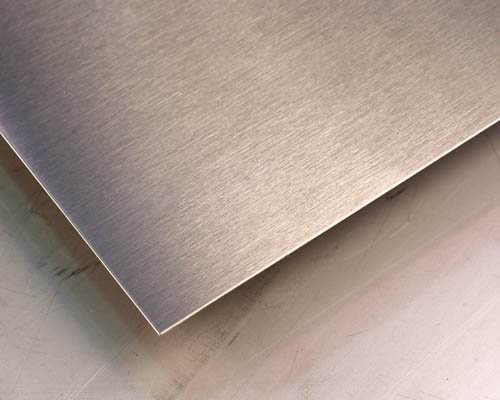

It is also less susceptible to fingerprinting and staining than other alloys. It has excellent corrosion resistance in a wide range of environments.ģ16L stainless steel is non-magnetic in the annealed condition, but can become slightly magnetic after cold working. 316L stainless steel Chemical propertiesģ16L stainless steel is a low carbon austenitic stainless steel. If you are looking for a material that has superior corrosion resistance than 316L stainless steel, be sure to consider Hastelloy C-276 or Inconel 625. 316L equivalent material is a term used to describe a number of materials that have similar properties to 316L stainless steel.

However, some projects require a material that has even greater corrosion resistance. The main material specifications and type of material form for 316L Stainless Steel is given in the below table: Material Specification Type of material form ASTM A240 Plate, sheet, strips ASTM A 182 Flange, Fittings, Valves ASTM A 213 Seamless Tubes ASTM A 249 Welded Tubes ASTM A 276 Bars & Shapes ASTM A 312, A409 Welded Pipes ASTM A 358 EFW Pipes ASTM A 376 Seamless Pipes ASTM A 403 Wrought Fittings EN 10088-2 X2CrNiMo17-12-2 (1.4404) 316L equivalent Materialģ16L stainless steel is a popular choice for many applications because it is strong and resistant to corrosion. The UNS Number of Stainless Steel Grade 316L is S31603. The UNS Number of Stainless Steel Grade 316 is S31600. 316L stainless steel is often used in applications where low carbon content is important, such as the oil & gas sector, piping, food & beverage equipment, and pharmaceuticals. This makes it less susceptible to corrosion and staining. It has the same chemical composition as 316 stainless steel, but a lower carbon content. 316L stainless steel is a low-carbon variant of 316 stainless steel.


 0 kommentar(er)
0 kommentar(er)
